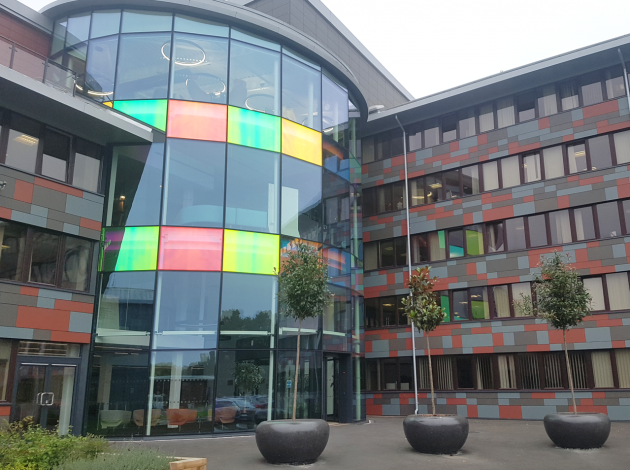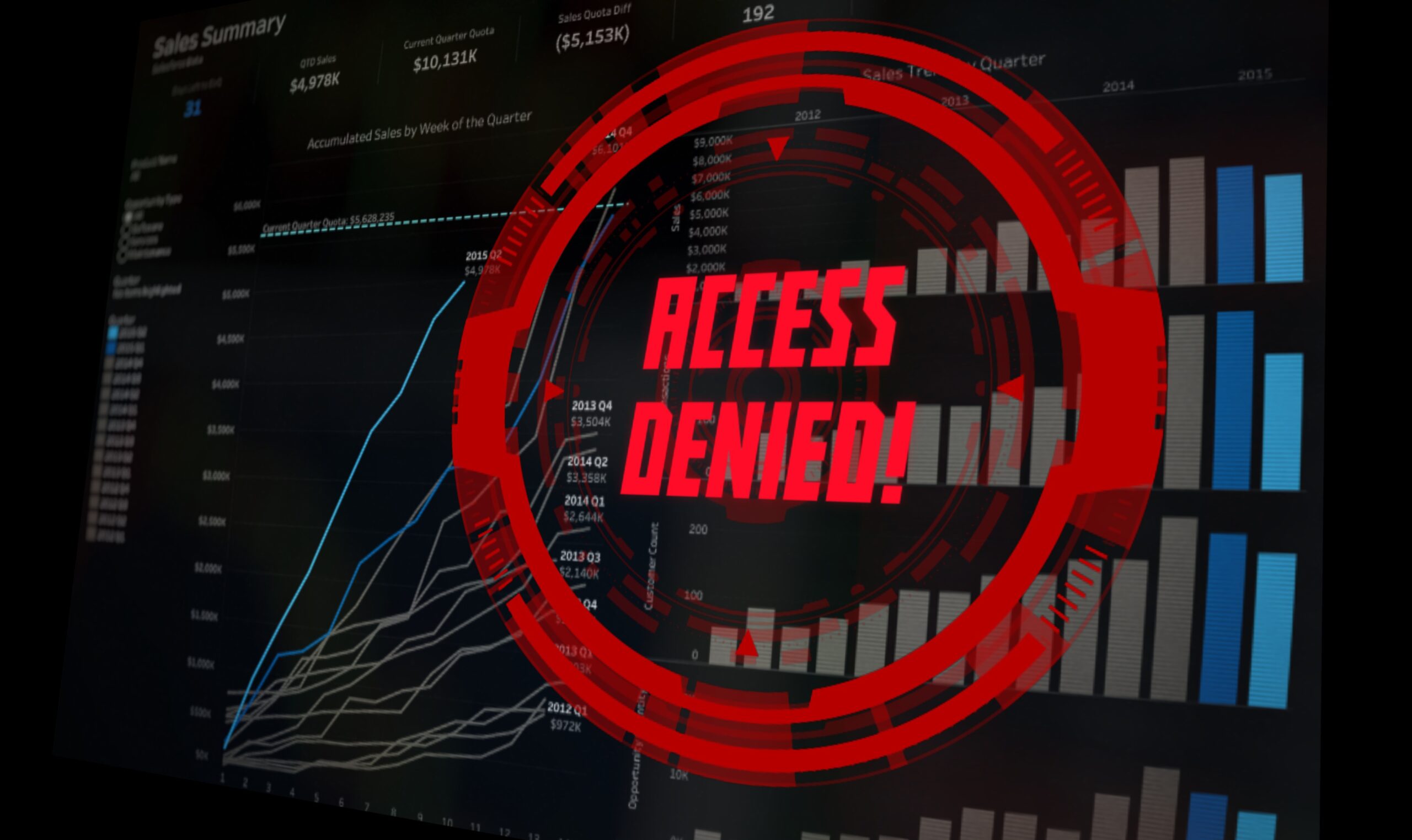PublicTechnology talks to Siim Sikkut about why data embassies and ‘invisible services’ are key to country’s technological future
Estonia is often touted as the world’s foremost digital society – a status it has achieved via a 20-year programme of government initiatives to digitise public services and promote the country’s IT sector.
But, when discussing Estonia’s plan to reform 15 service areas – each centred on a “major life event” – the country’s chief information officer Siim Sikkut reveals he faces an obstacle that will be familiar to UK civil servants focused on digital transformation.
“All these things are online – but in different bits and pieces and departments. Which is not how the service need is set up, but is just how the government is siloed,” he says.
Included among the life events ripe for service reform are setting up a business, learning to drive, and the birth of a child. Design work is ongoing, with the goal of launching at least seven of the services by the end of next year. The ultimate goal is to “make services invisible”, Sikkut says, and for government to integrate processes in a way that allows it to proactively provide information and services – rather than waiting for citizens to request assistance.
The birth of a child is a perfect example of how the national CIO believes the relationship between citizen and state can be reformed.
“It your child is born… there are four or five places you go online to get info about benefits, name the baby, and stuff like that,” he says. “The government knows that the baby was born, because a hospital worker makes an entry in the population registry, and the kid gets the identifier because a digital health record starts.
“We can go from that. Why do we wait for the new parents – who are busy anyway with the new baby – to come to us on four or five different websites somewhere? Why don’t we send an email – because we do have your email address that comes with the national ID – saying ‘thanks for the new citizen’? And then we can ask for a few bits of information, like the name [of the child], which bank accounts you want benefits to be sent to, and which kindergarten line [you want to join].”
Nine in 10
Proportion of Estonians with access to the internet
7%
Proportion of Estonia’s GDP contributed by the IT sector
Luxembourg
Site of Estonia’s first overseas data embassy
486
Number of public sector institutions offering services via the X-Road Platform
Sikkut adds: “We want to kill off the single siloed interactions as much as we can, and reduce the hassle for people.”
To make the goal of “invisible services” a reality, Sikkut and his team will have to work out how to break the siloes and connect the walled kingdoms of individual departments.
“[Examining] the governance model is a very big part of the design process that we have to tackle,” Sikkut says. “We are figuring it out as we go along. It’s not a tech issue at all – it is a governance reform issue, or a government institutional change issue.”
Data embassies
The necessary technology been in place for a long time. Estonia’s X-Road system – a nationwide open-source software platform – was launched back in 2001. It brings together 486 public sector entities, as well as 126 other organisations, and allows them to share data and offer a cumulative total of 2,719 services to the Estonian citzenry. These are built on a range of coding languages, including PHP, Java, Python, and many more.
Having equipped itself with such a robust tech foundation, Estonia is now installing infrastructure outside its borders via the establishment of its first “data embassy”. The Luxembourgian government has cleared a room in a datacentre and allowed Estonia to install server racks containing backups of essential data, such as legislation and services code.
If things really hit the fan, we can basically boot up the country – at least the core services, what it takes to run a country – from abroad
“We don’t have a paper backup anymore,” Sikkut says. “All the core regulation, the court data, the laws of the country is digital-only. Of course we do keep backups… but fundamentally those copies we still keep within our physical borders and our territory. What we saw is that, we had to prepare for the worst of times… [such as] if we are taken over by another country in conflict, or if we have a large natural disaster… it might just be a large cyberattack against all the nodes in the country.”
He adds: “But there’s cloud now – so why don’t we keep it outside the country? Then, if things really hit the fan, we can basically boot up the country – at least the core services, what it takes to run a country – from abroad.”
Sikkut says he first looked at hosting options provided by commercial vendors – even conducting a pilot with Microsoft – but concluded that none of them offered the requisite sovereignty over data. The option of building its own cloud hosting service on foreign soil was also ruled out on the grounds of being very costly.
“And then it hit us: embassies are our territory abroad, and our jurisdiction applies there. [They are considered] Estonian soil under the Vienna Convention. Could we do something like that in the cloud space? Can we have part of some other government’s datacentre space – an allied government, that we can trust – as Estonian territory?,” he says. “We see it as a model for many governments around the world, especially all those in areas [that suffer] earthquakes, tornadoes, or volcanoes.”
A class apart
It its uptake of digital platforms, the education space has, to date, been one of “the most conservative sectors”, Sikkut says. A key goal for the coming years is driving greater use of technologies such as remote teaching.
“We have a few recent initiatives. So, for example, we just had success in putting all the textbooks out there as digital,” he says. “If your child goes to school, at no [point] will he or she be issued a paper textbook. There will be some copies that are in the school library to borrow. But, essentially, all the materials are there online – and not PDF-style, interactive materials that you can then also constantly iterate from the publisher side. We are adding on top, but it takes time. We haven’t done much yet in terms of virtual schooling.”
When asked if he thinks delivering teaching remotely will become more mainstream, Sikkut says “it is hard for me to imagine otherwise”.
15
Number of major life events around which the Estonian government wishes to design ‘invisible services’
2.5%
Proportion of central government workers employed in tech-focused roles – a total of 1,300 people
1.32 million
Population of Estonia, as of 1 January 2019
1999
Year in which Estonia launched its e-government drive. Today, 99% of public services are offered online
“It is so hard to bring enough specialist knowledge around the country to so many schools. Even though we’re a small country by population, our school system is set up so that every kid should get the same – the best level of education available. So, to have, for example, a thousand good math teachers – what are the odds of that? [Virtual schooling would]… raise the quality of teaching. We might need to rely more on source materials that are somehow centrally provisioned and provided. Then tutoring assistance could stay more locally and in the physical world. That’s how I see it.”
For the rest of 2019, Sikkut’s primary priority is to get some of the “invisible services” up and running. His second goal is to advance the use of artificial intelligence and machine learning in the public sector.
“Not just experiments, but actual live use cases where the machine learning is really put to good use and productive use,” he says.
The third ambition picked out by the Estonian CIO “figuring out what’s the best model for governing the digital government”.
There are currently about 1,300 people – 2.5% of the entire Estonian central government workforce – who work in digital roles. The CIO’s office leads on technology policy, Sikkut says, while the Information System Authority is operationally responsible for overseeing national cybersecurity and shared platforms, including X-Road.
“But, beyond that, everything else is very, very decentralised,” he adds.
Over the coming months, Sikkut and his colleagues will examine whether Estonia would benefit from something akin to a “digital transformation agency” – of similar style and scope to the UK’s Government Digital Service. In a year’s time, the CIO intends to have “figured out a plan”.
He says: “Everyone around the world is looking for the best way to govern and, basically, what’s the best bureaucratic machinery of government go digital and transform the whole of government. All my colleagues [around the world] who I talk to tinker with the same ideas. So, I want to add some flesh to the bones.”
Sikkut adds: “I’m not saying we need to have one central agency, we just need to figure out what’s the best model to really help or guide different agencies to go digital – the best way, and the fastest way.”
As the world’s most celebrated digital nation, whichever direction Estonia decides to travel, others can be expected to follow.



